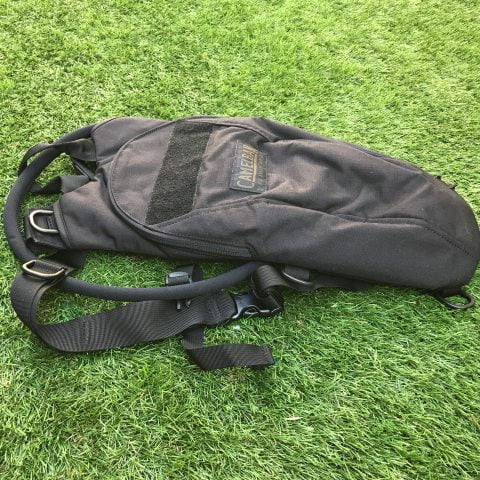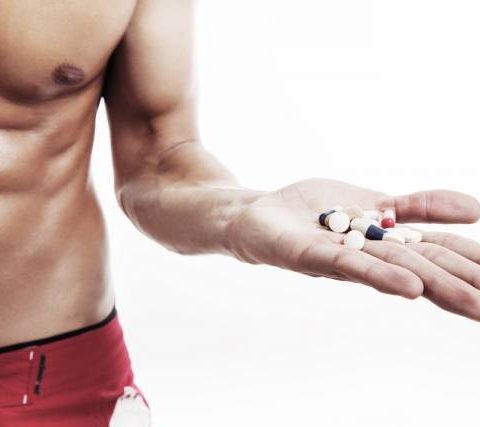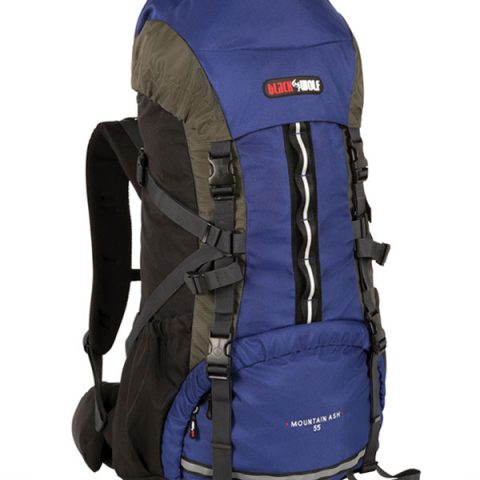Whether you’re a weekend warrior, elite athlete or a just starting out, it’s important to keep hydrated when you exercise. We’ve compiled some top tips to guide you on how much you need to drink, and what, before, during and after exercise.
Why is it important to stay hydrated?
Approximately 60 per cent of your body is water and it plays a vital role in every bodily function. During exercise you can loose up to a litre an hour – mainly through sweating and breathing.
If you don’t replenish your fluids, you can get dehydrated. Being dehydrated can affect both your general health and how well you can exercise. You can feel more tired quickly and won’t be able to control your temperature as well as usual.
Water helps fuel your muscles, so drinking before, during and after exercise will boost your energy levels, and may help to prevent cramp.
Before you exercise
You may not even consider it but making sure you’re well hydrated before you exercise is really important, especially in hot conditions.
If you’re dehydrated before you even start exercising your core temperature will rise faster and your heart will have to work harder than usual. It can affect your performance and can even lead to heat stroke. Drinking enough will help you get the most out of your exercise session and feel good while you’re doing it.
Top tip
It can take time for fluids to be absorbed into your body. Drink steadily during the day and aim to drink around 500ml of fluid at least four hours before you exercise. In the 10 to 15 minutes before you exercise, top your fluid levels by drinking about half of this again.
During exercise
Being dehydrated can affect your energy levels. Your muscle cells are over two thirds water so if you’re short on fluids, you’ll feel the strain. Drinking little and often rather than a lot less often will provide you the best chance of performing better during exercise.
The amount you need to drink will depend on how much you sweat and how long you exercise for. How much you sweat is influenced by your:
- genetics – some people sweat more than others
- size – larger people tend to sweat more than smaller people, and men sweat more than women
- fitness – fitter people sweat more and earlier in exercise because their bodies are accustomed to needing to cool down
- environment – heat & humid conditions cause excessive sweating
- exercise intensity – you sweat more as you exercise harder
The best way to figure out how much to drink is to respond to what your body tells you. Simply put, if you feel thirsty, drink. Here’s another way to work out how much fluid you lose while exercising and how much to drink to compensate for it.
The sweat rate calculation
Weigh yourself before exercise (do this before going to the toilet).
Weigh yourself after exercise, the compare the figures.
For every kilogram of body weight you lose, drink up to a litre and a half of fluid.
Top tip
Make sure you always have a bottle of water handy when you exercise so you don’t get dehydrated.
After exercise
Once all the hard work is done, you will no doubt require a drink. Not only will this be refreshing and taste great, but it will also restore your fluid levels and help your muscles to recover. The sooner you start to replace the fluid, the sooner you’ll recover. Remember it can take up to 15min to absorb into your system.
Top tip
Alcohol is a diuretic, which means it removes water from your body by increasing how much urine your kidneys produce. So don’t reward yourself after exercise with a cocktail or a cheeky pint.
Do I need to drink sports drinks?
The array of sports drinks on the market can be overwhelming. You could be forgiven for not knowing which to choose and if they really offer any benefit.
If you’re doing moderate amounts of exercise, you probably won’t need them. It’s only if you’re doing a lot of strenuous training that they may be useful.
- If you’re exercising for less than an hour, water is all you need to keep hydrated.
- If you’re exercising for longer than an hour, sports drinks or even just squash can help you keep going for longer. As well as replacing lost fluid, they contain carbohydrates (sugar) and electrolytes. Electrolytes are the substances (sodium, potassium, magnesium and chloride) that salts break down into when they dissolve in fluid. These drinks provide fuel and help to keep you hydrated. Drink them after you start exercising rather than before because it’s only when you start sweating that you lose electrolytes and need energy.
Types of sports drink
There are three main types of sports drinks – hypotonic, isotonic and hypertonic.
- Hypotonic drinks are low in carbohydrates (less than 4g per 100ml) and are designed to replace the fluids you lose during exercise.
- Isotonic drinks contain a moderate amount of carbohydrate (4 to 8g per 100ml). As well as helping to replace fluid, they will also go some way towards topping up your body’s carbohydrate stores. These can sometimes get low if you exercise for more than an hour.
- Hypertonic fluids have a high concentration of carbohydrate (8g or more per 100ml). Your body absorbs them more slowly than plain water but it will give you a boost with refuelling.
Top tip
Alternatively you can use electrolyte replacement tablets such as HIGH5, which contain Vitamin C, electrolytes, sodium, magnesium and potassium.
Can you drink too much?
Drinking too much can be potentially harmful as it can cause a rare condition called hyponatraemia. This is when you drink more fluid than you lose. The excess water dilutes the salts in your body and your cells swell up. The amount you have to drink to get hyponatraemia varies hugely from person to person. The symptoms include:
- feeling confused or disorientated
- a headache
- feeling sick
- vomiting
- muscle cramps
Severe cases of hyponatraemia can lead to a coma, seizures (fits) and even death. But you would really have to drink a lot for it to develop. It’s sensible to be aware of the risks but don’t let this put you off drinking completely.
Top tip
Remember your sweat rate is (see during exercise) and track how much you’re drinking. If you’re using a refillable bottle, take mental note of how many times you refill it.
Other helpful websites
Sources
- Sports nutrition. American Academy of Orthopaedic Surgeons. www.orthoinfo.aaos.org, published December 2014
- Fluids and electrolytes during exercise. The Dairy Council. www.milk.co.uk, accessed 19 June 2015
- Hydrate right during physical activity. Academy of Nutrition and Dietetics. www.eatright.org, published 23 March 2015
- Fluids for athletes. Coaching Association of Canada. www.coach.ca, accessed 19 June 2015
- British Dietetic Association. www.bda.uk.com, reviewed April 2014
- Healthy hydration guide. British Nutrition Foundation. www.nutrition.org.uk, reviewed December 2013
- Selecting and effectively using sports drinks, carbohydrate gels and energy bars. American College of Sports Medicine. www.acsm.org, published 2011




